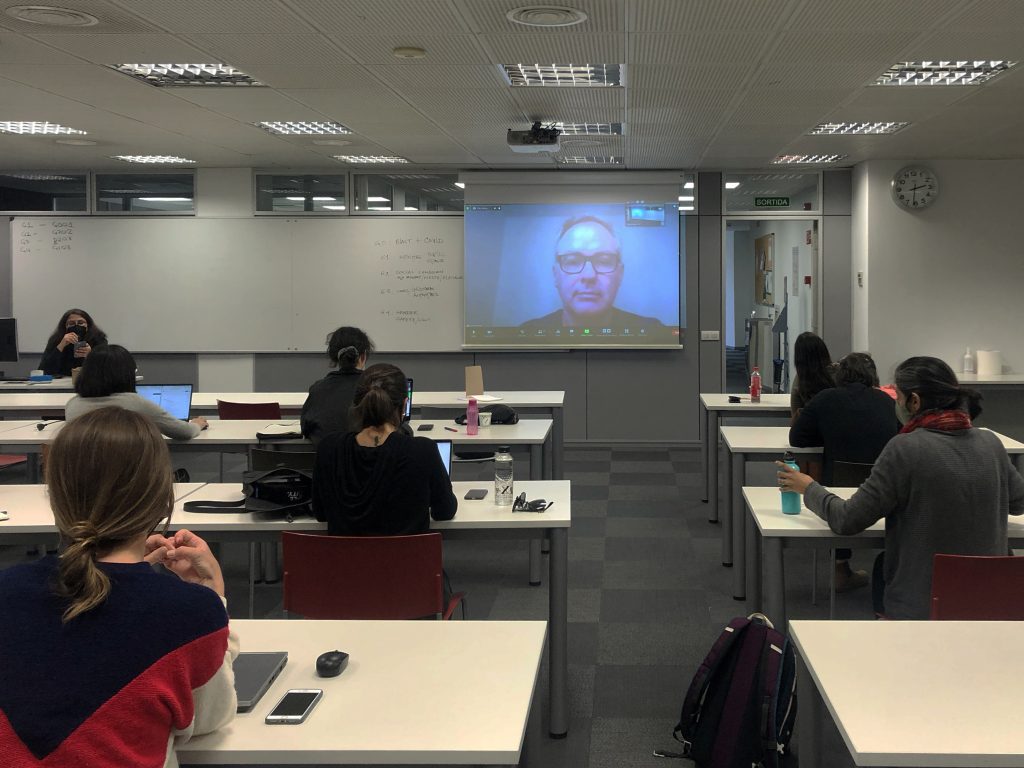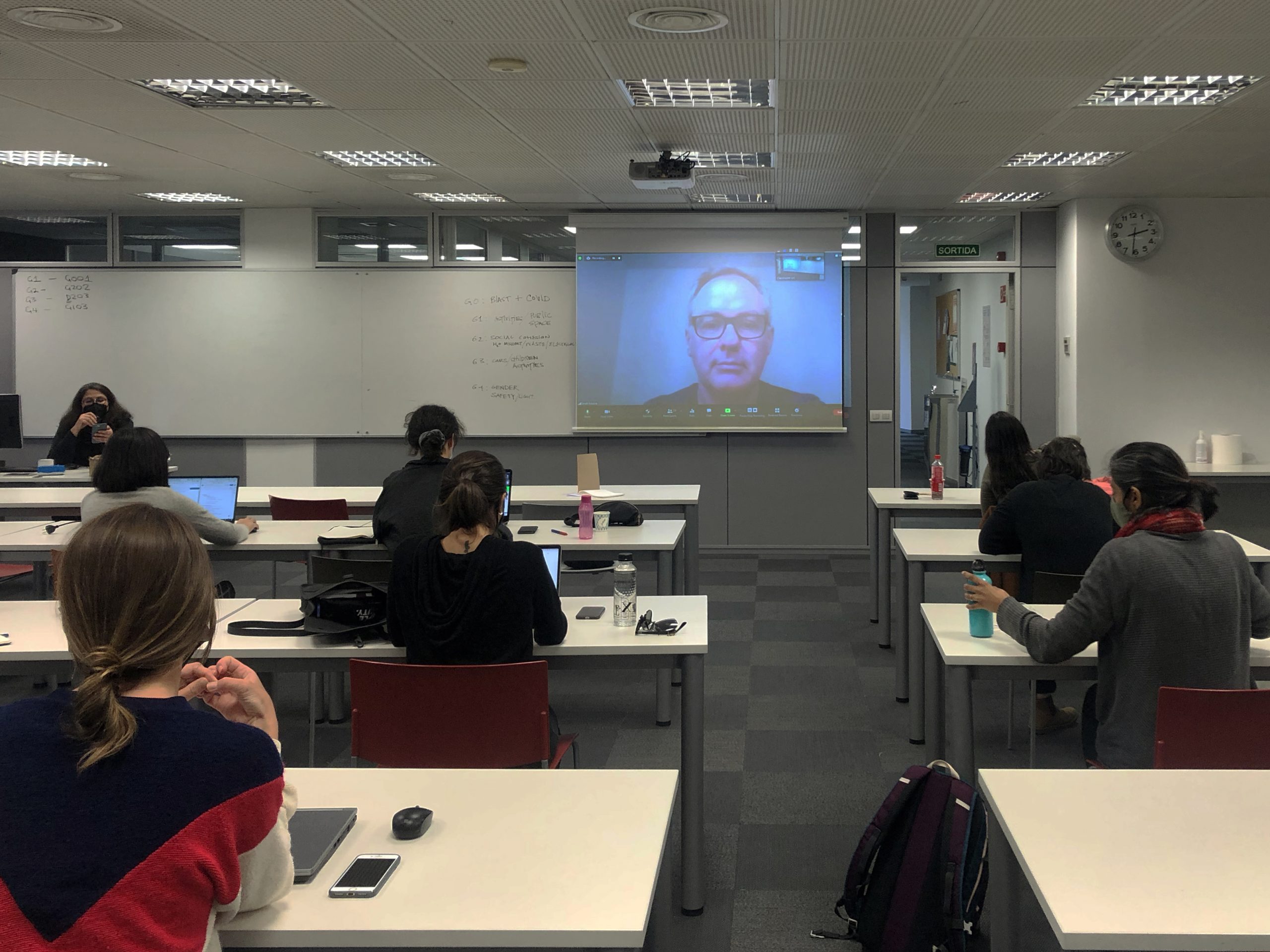As part of our Beirut Workshop, we were honoured to have Brett Moore join us online to explain the UNHCR’s formal humanitarian response to Beirut’s port explosion. Brett Moore is currently the global lead of the Shelter and Settlements team at UNHCR (United Nations High Commissioner for Refugees), focusing on support to conflict-related displacement of refugees and internally displaced people. He also is the co-lead of the Global Shelter Cluster, and has a long career working with governments, NGOs and the UN.
The aim of the workshop is to analyse the existing social and spatial values of the neighbourhood of Bourj Hammoud, including four specific urban voids in order to contribute to the urban betterment of this part of Beirut affected by the port explosion of August 2020. Students from UIC, AUB, Chalmers and RMIT, are working with local organisations involved in Beirut’s reconstruction in order to develop a comprehensive public space agenda as well as proposals for culturally inclusive interventions that can then be taken up by the community, the local NGOs and the public administration.

During his presentation, he unfolded strategies and methodologies to tackle the humanitarian response after the explosion. On the UNHCR’ method, he presented an in-depth impact assessment following further analysis, evaluation, coordination and, finally, developing a strategy of action. Firstly, the teams assessed the needs of the post-disaster scenario; the damage scope was classified into three levels: minor, moderate and heavy. The blast spread in a non-uniform way depending on the proximity and morphology of each urban structure, so it was crucial to map the ground and classify each area’s specific necessities. The first priority was to recover communications to reach each damaged area; teams outlined the main blocked sectors and acted based on the analysis. Secondly, after recovering the accessibility, they further developed an action plan responding to the immediate shelter needs of most vulnerable populations, the actions plan prioritises health care access and waterproofing. After minor repairs like cracks or second-rate collapses, the teams frame multi-sectoral development actions for each city sector to rehabilitate affected areas.
Beirut, as well as other heritage organisations, provide technical data of damaged buildings and connections with specialised networks. The American University of Beirut contributes with research, analysis, neighbourhood data and several civil society networks. Contractors and the private sector are responsible for the material supply chain, labour and specialised skills. Each area of the city is divided into sectors where specific agents are working on this cross-disciplinary strategy; besides, the Lebanese armed forces are supporting NGO’s direct action. The primary role of UNHCR is to coordinate funding, actors, and immediate action by building leadership capacities along with the groups and strengthening the autonomy of every sector.
After this enriching conversation, our students had the opportunity to ask Brett Moor about their specific approaches to each project. Themes like funding management, coordination between sectors, or the Lebanese government’s role were discussed in detail. To conclude, Brett encouraged the students to acknowledge the critical role young generations of architects, urban planners, and designers have in response to the many humanitarian crises we face in the contemporary era. The strength of design tools has the potential to create an extensive amount of strategies to meet the complex circumstances related to emergency action, displace populations settlements, or resilient urban planning. It is time to unfold all our knowledge gathered through human development in favour to solidarity and more just societies.


